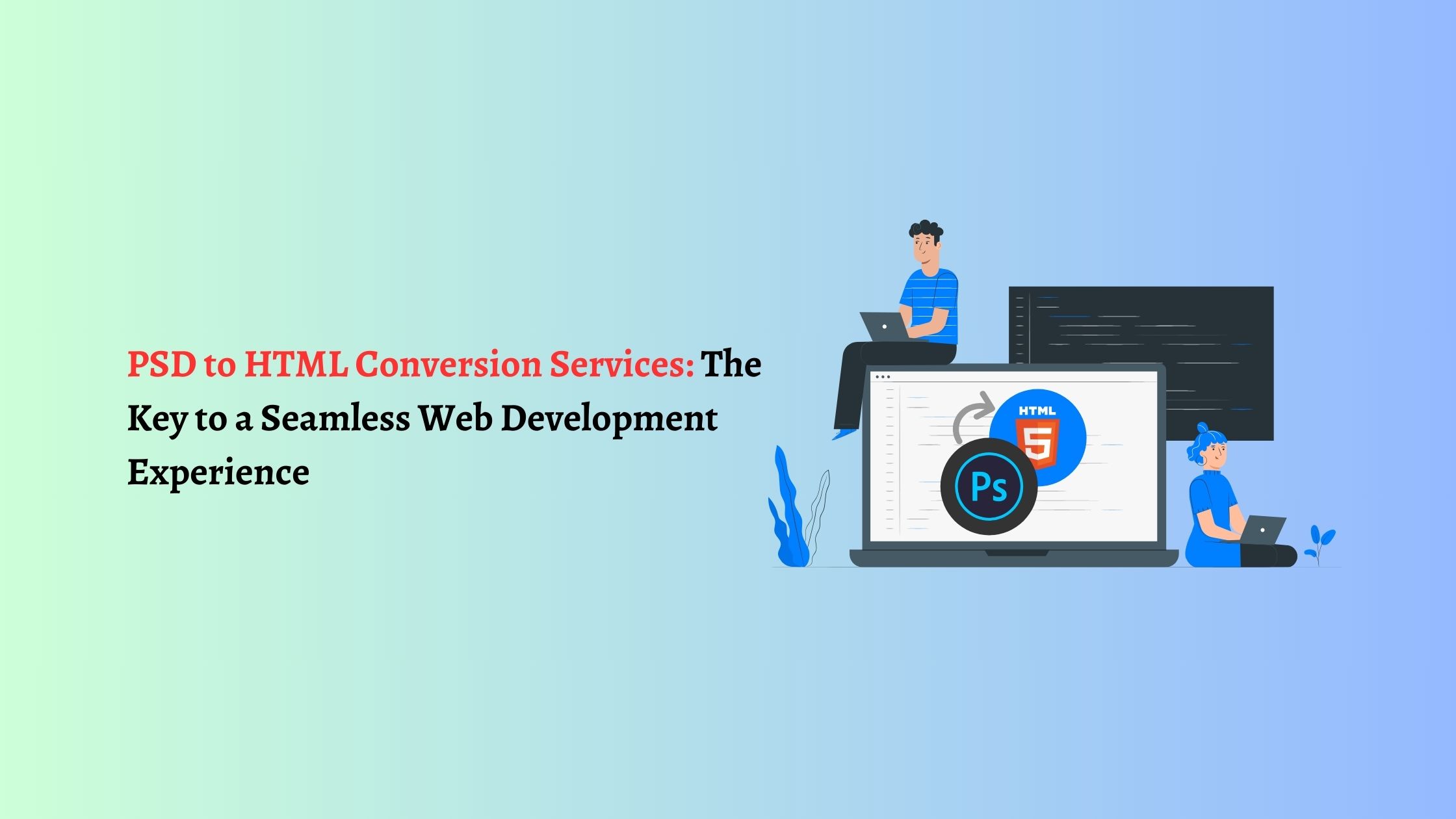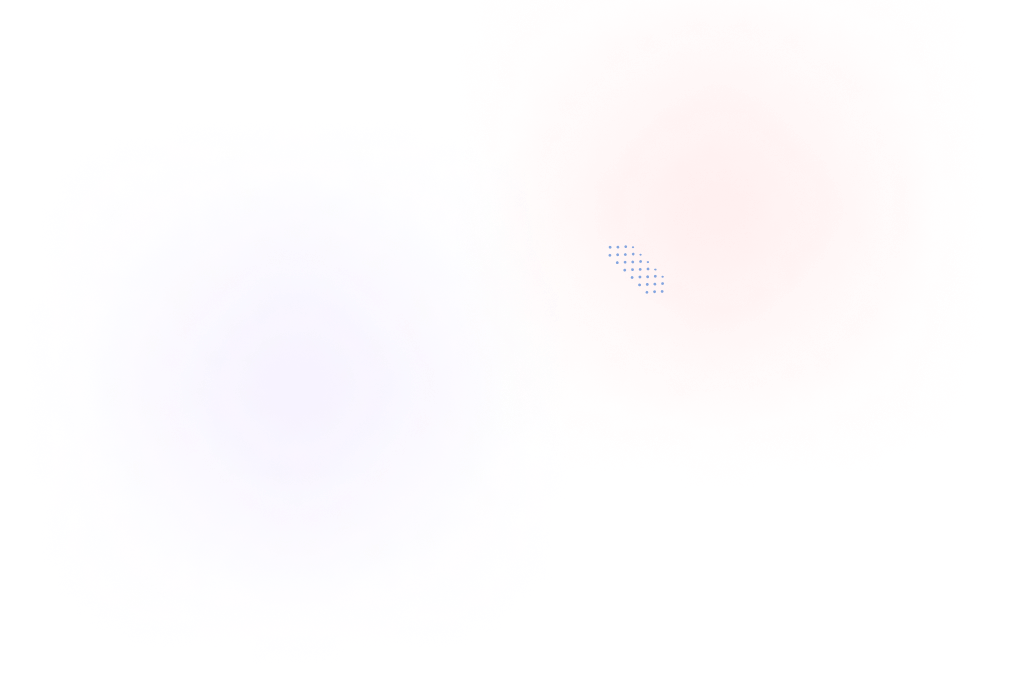
In the world of web development, a visually stunning design is only as good as its implementation. That’s where PSD to HTML conversion services come into play. These services help transform static Photoshop designs into fully functional, responsive websites that can seamlessly interact with users across devices and platforms. For businesses looking to create websites that are not only aesthetically pleasing but also optimized for performance, PSD to HTML conversion is the key to success.
In this blog, we’ll explore what PSD to HTML conversion services entail, why they are essential for businesses, and how they can improve the overall web development process.
What is PSD to HTML Conversion?
PSD to HTML conversion is the process of taking a static design created in Adobe Photoshop (PSD) and converting it into HTML (Hypertext Markup Language) and CSS (Cascading Style Sheets) code. This allows the design to be displayed in a web browser as a fully functional website. The conversion process involves several steps, from slicing the design into individual elements to coding the layout, adding styles, and ensuring responsiveness.
The PSD to HTML Conversion Process
The process of converting PSD files to HTML is detailed and requires precision to ensure the final website reflects the original design accurately. Here’s a breakdown of the steps involved:
1. Slicing the PSD File
The first step in the PSD to HTML conversion process is slicing the PSD file into smaller design components. This means breaking down the design into headers, footers, buttons, images, and other elements. Each of these components will later be converted into HTML and CSS code.
2. Writing HTML Code
Once the design has been sliced, the next step is to write the HTML code. This code forms the structure of the web page. It organizes the content and layout of the site, ensuring that everything is in the right place. HTML is also used to link between different pages of the website.
3. Adding CSS for Styling
After the HTML structure is in place, the next step is to apply styles using CSS. CSS is responsible for the visual appearance of the website, including colors, fonts, margins, and layout. CSS allows for a consistent look and feel across different devices, ensuring that the website is responsive and mobile-friendly.
4. Adding JavaScript for Interactivity
For websites that require dynamic features, such as sliders, animations, or form validations, JavaScript is added. JavaScript enhances the interactivity of the site, making it more engaging for users.
5. Ensuring Responsiveness
In today’s mobile-first world, it’s crucial that websites are responsive, meaning they look great and function seamlessly on devices of all sizes. During the PSD to HTML conversion process, developers use CSS media queries to ensure that the design adapts to various screen sizes, from desktops to smartphones.
6. Cross-Browser Compatibility
To ensure that the website works across all major browsers, developers test it on different platforms, such as Chrome, Firefox, Safari, and Edge. This ensures that the design and functionality remain consistent, regardless of the browser being used.
Why Businesses Need PSD to HTML Conversion Services
Businesses that want to maintain a strong online presence need websites that are visually appealing, responsive, and functional. Here’s why investing in PSD to HTML conversion services is crucial:
1. Accurate Design-to-Code Translation
One of the biggest challenges in web development is ensuring that the design envisioned by the designer is accurately translated into a working website. PSD to HTML services ensure that the original design is preserved throughout the conversion process, providing pixel-perfect results.
2. Responsive Design
With more users accessing websites through mobile devices, responsive design is no longer optional—it’s a necessity. PSD to HTML services ensure that your website is fully responsive, providing an optimal viewing experience across desktops, tablets, and smartphones.
3. Faster Load Times
Websites that are built with clean, optimized code load faster, providing a better user experience. PSD to HTML conversion services ensure that the HTML and CSS code is well-structured and free from unnecessary elements, improving page speed and performance.
4. SEO-Friendly Code
Well-written HTML and CSS code contribute to better search engine rankings. PSD to HTML conversion services ensure that your website’s code is SEO-friendly, using semantic tags and adhering to best practices that make it easier for search engines to crawl and index your site.
5. Cross-Browser Compatibility
A key advantage of professional PSD to HTML conversion is ensuring cross-browser compatibility. With so many users accessing websites from different browsers, it’s crucial that your site looks and functions correctly across all of them. PSD to HTML services take care of this by testing your site on multiple browsers.
Benefits of Choosing Professional PSD to HTML Services
Professional PSD to HTML conversion services offer several benefits that make them worth the investment for businesses looking to build high-quality websites:
- Expertise and Precision: Experienced developers ensure that the conversion process is handled with precision, delivering pixel-perfect results that match the original design.
- Time Efficiency: Outsourcing the conversion process to experts saves time, allowing businesses to focus on other important aspects of web development, such as content creation and marketing.
- Scalability: Whether you need a simple landing page or a complex multi-page website, PSD to HTML conversion services can scale to meet your business’s needs.
- Ongoing Support: Professional services often provide ongoing support and maintenance, ensuring that your website remains up-to-date and functional as your business grows.
Common Use Cases for PSD to HTML Conversion Services
Businesses in a wide range of industries can benefit from PSD to HTML conversion services. Here are some common use cases:
- E-commerce Websites: For businesses looking to create visually appealing and responsive e-commerce sites, PSD to HTML conversion ensures that the design translates seamlessly into a functional online store.
- Portfolio Websites: Creative professionals, such as designers and photographers, often use PSD to HTML services to create portfolio websites that showcase their work in the best possible light.
- Corporate Websites: Businesses that want to maintain a professional online presence can use PSD to HTML conversion to create custom websites that align with their brand identity and values.
Conclusion
In today’s digital landscape, a well-designed and functional website is essential for business success. PSD to HTML conversion services provide businesses with the tools they need to transform static designs into dynamic, responsive websites that engage users and drive results. By partnering with professional developers, businesses can ensure that their websites are built to the highest standards, delivering seamless performance across all devices and platforms. Whether you’re building an e-commerce site, a corporate website, or a portfolio, investing in PSD to HTML conversion services is a smart move for any business looking to stand out in the digital world


